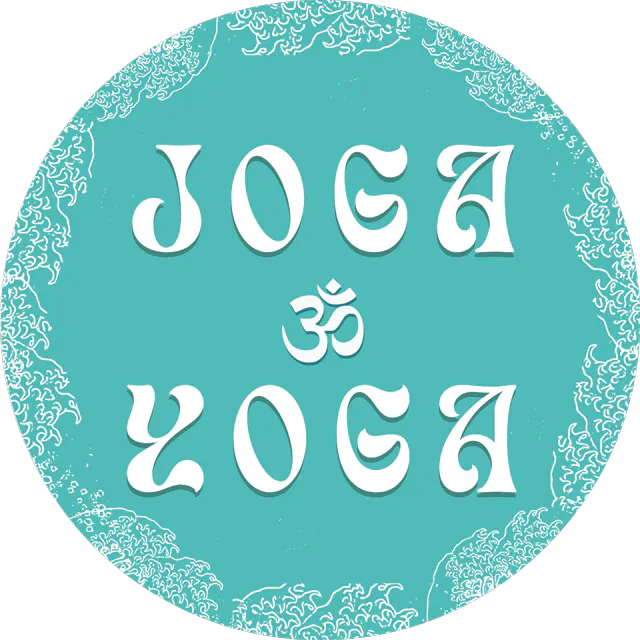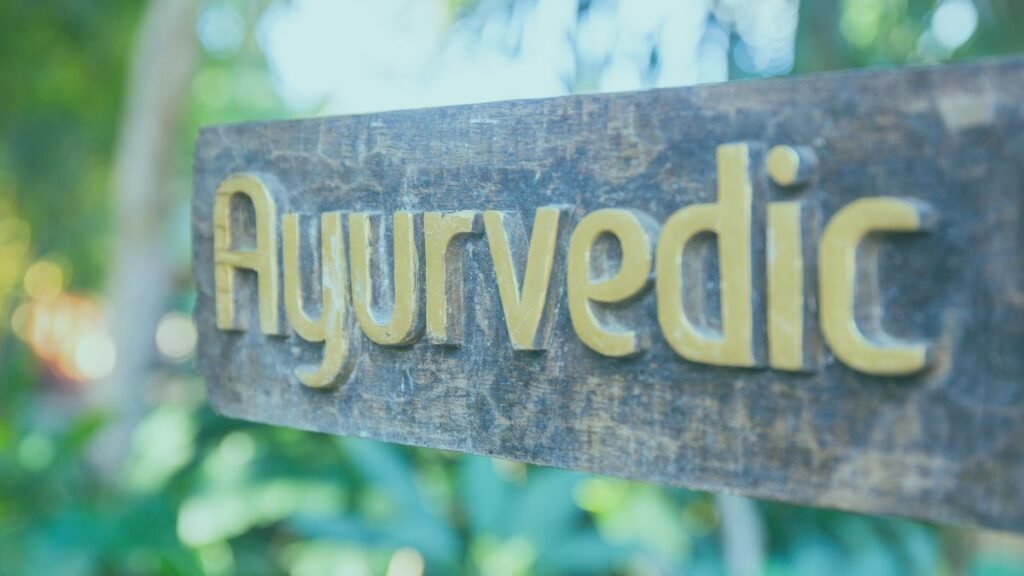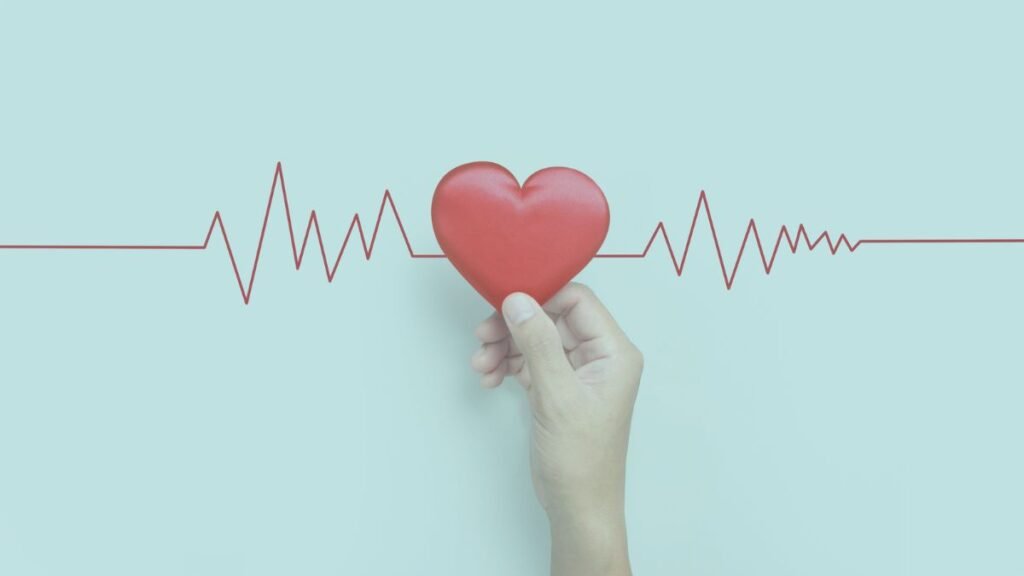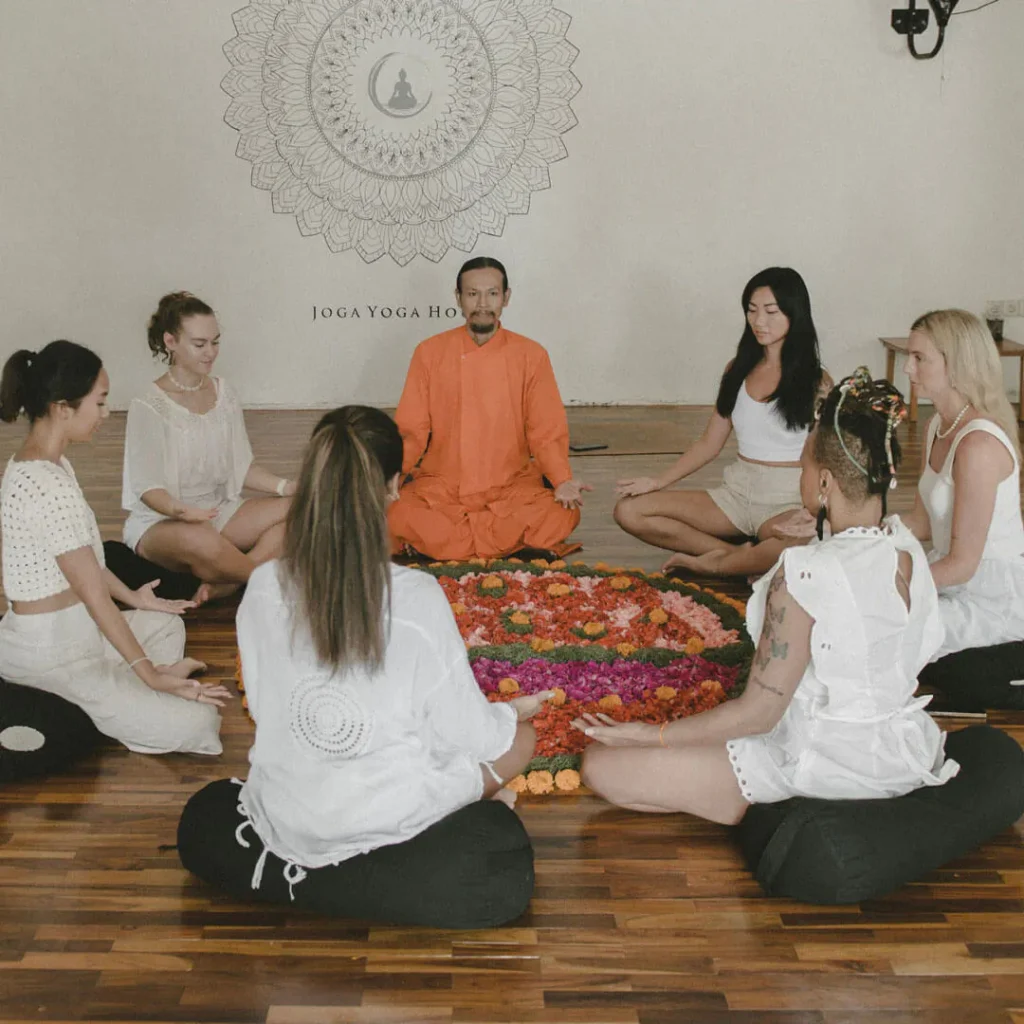Introduction
Marma points are an essential component of Ayurvedic medicine, representing key energy centers in the body that influence both physical and emotional well-being. Rooted in the ancient Indian system of Ayurveda, Marma points are believed to be the junctions where muscles, veins, ligaments, bones, and joints meet. These points are considered to be vital areas where life force (prana) resides and flows throughout the body.
The concept of Marma point activation revolves around stimulating these points to release stagnant energy, restore balance, and promote overall health. Similar to acupuncture in Traditional Chinese Medicine (TCM), Marma therapy involves gentle massage or pressure to specific points on the body to improve circulation, relieve tension, and enhance the body’s natural healing capacity.
Understanding and working with Marma points can help to balance the body’s internal energy channels (known as Nadis), improve the function of internal organs, and restore harmony to the mind and body. This guide will provide a comprehensive overview of Marma point activation, including its history, locations, and how to practice it for improved health and vitality.

What Are Marma Points?
Marma points are anatomical locations in the body where a concentration of life energy (prana) is said to exist. According to Ayurvedic tradition, the human body is made up of five elements (earth, water, fire, air, and space), and Marma points are considered to be the junctions where these elements interact. Stimulating these points is believed to regulate the flow of energy and enhance the body’s ability to heal itself.
Historical Background
The concept of Marma points dates back to ancient India, with references found in Ayurvedic texts such as the Sushruta Samhita (~2nd century BCE). In early Ayurvedic texts, Marma points were described as “vital spots” that held the body’s life energy. Warriors in ancient India were trained to protect their Marma points in battle because injury to these areas could lead to serious health issues or even death.
Over time, Marma therapy evolved from a defensive martial art technique into a healing practice. Ayurvedic physicians began to study the relationship between Marma points, internal organs, and energy flow, using gentle pressure and massage to stimulate these points for health and healing.

Connection to the Three Doshas
In Ayurveda, health is maintained by balancing the three doshas:
- Vata – Air and space – Governs movement and communication.
- Pitta – Fire and water – Governs digestion and metabolism.
- Kapha – Earth and water – Governs structure and lubrication.
Marma points are thought to store the energy of these doshas. When a Marma point is blocked or injured, the associated dosha may become imbalanced, leading to health issues. Activation of specific Marma points is believed to balance the doshas and restore overall harmony to the body and mind.
Comparison to Acupuncture
While Marma points and acupoints (in Traditional Chinese Medicine) share some similarities, they originate from different cultural and medical traditions:
- Marma points – Focus on the flow of prana (life energy) through Nadis (energy channels) and are associated with dosha balance.
- Acupoints – Focus on the flow of Qi (life energy) through meridians (pathways) and are associated with organ function.
- Acupuncture often uses needles for stimulation, whereas Marma therapy relies on manual pressure and massage.
- Both systems aim to restore energy balance and improve the body’s natural healing capacity, but Marma therapy is more focused on restoring the connection between the body and mind.
How Many Marma Points Are There?
According to Ayurvedic texts, there are 107 Marma points in the human body. These points are located at anatomical sites where muscles, veins, ligaments, bones, and joints intersect. Each Marma point is believed to be connected to a specific organ or function within the body.
The 107 Marma points are classified based on their location:
Breakdown of Marma Points:
| Region of the Body | Number of Marma Points | Examples |
| Limbs | 11 | Manibandha (wrist), Kshipra (between the thumb and index finger) |
| Trunk | 26 | Nabhi (navel), Hridaya (heart), Vasti (bladder) |
| Head and Neck | 37 | Sthapani (forehead), Shringataka (top of the head) |
| Elsewhere | 33 | Kurcha (sole of the foot), Talhridayam (center of the palm) |
Each Marma point is classified into five structural categories based on its anatomical location:
- Mamsa (Muscle) – 11 points
- Sira (Vein) – 41 points
- Snayu (Ligament) – 27 points
- Asthi (Bone) – 8 points
- Sandhi (Joint) – 20 points
Importance of Marma Points in Regulating Energy Flow
- Vitality and Healing: Marma points are seen as reservoirs of prana. When stimulated, they release stagnant energy and promote the flow of life force through the body.
- Organ Function: Many Marma points are linked to the function of internal organs (e.g., Nabhi marma for digestion and Hridaya marma for heart health).
- Emotional Balance: Specific Marma points are linked to emotional and mental states (e.g., Sthapani marma at the third eye is connected to mental clarity and intuition).
- Muscle and Joint Health: Stimulating Marma points can relieve muscle tension, increase circulation, and promote joint flexibility.
- Immune and Nervous System: Regular Marma therapy is believed to enhance immunity and regulate the parasympathetic nervous system, reducing stress and improving relaxation.
Summary of Marma Point Locations and Functions
- Sthapani Marma (center of the forehead) → linked to mental clarity and relaxation.
- Hridaya Marma (center of the chest) → supports heart health and emotional balance.
- Nabhi Marma (navel) → regulates digestion and core strength.
- Manibandha Marma (wrist) → connected to movement and circulation.
- Kshipra Marma (between thumb and index finger) → supports hand strength and energy flow.
- Talhridayam Marma (center of the palm) → influences lung health and respiratory function.
- Kurcha Marma (sole of the foot) → affects balance and vision.
Marma points are not only physical anatomical landmarks — they represent the meeting point of physical, emotional, and spiritual energy in the body. Stimulating these points allows for the release of trapped energy, restores internal balance, and promotes deep relaxation and healing.
The Science Behind Marma Point Activation
Marma points are deeply connected to the body’s nervous system, muscles, joints, and energy channels (Nadis) — the pathways through which prana (life energy) flows. Ayurvedic medicine believes that Marma points serve as access points to the body’s subtle energy network, where physical and emotional health intersect. Stimulating these points through massage or pressure can influence the flow of prana, leading to physical and psychological balance.
How Marma Points Affect the Nervous System
Marma points are located at anatomically significant areas where nerves, blood vessels, and tissues converge. Research indicates that stimulating these points activates the parasympathetic nervous system (the body’s “rest and digest” system), which helps reduce stress and promote relaxation.
- Activation of Marma points sends signals to the brain through the vagus nerve and other peripheral nerves, resulting in reduced cortisol levels and an increase in endorphin production.
- Stimulating Marma points may also increase blood flow to targeted areas, aiding in muscle relaxation and tissue healing.
- The connection to the parasympathetic system means that Marma therapy can reduce heart rate, lower blood pressure, and calm the mind — similar to the effects of meditation.
Link to Prana (Life Force) and Energy Balance
In Ayurveda, prana is considered the vital life force that sustains physical and mental health. Marma points are seen as the access points to this energy system.
- When a Marma point is blocked or stagnant, the flow of prana is disrupted, leading to discomfort, stress, or even illness.
- Marma therapy works by clearing these blockages, restoring the natural flow of prana, and promoting the body’s ability to heal itself.
- Similar to how acupuncture works on meridians to balance Qi (energy) in Traditional Chinese Medicine, Marma therapy works on Nadis to balance prana in Ayurveda.
Scientific Studies on Marma Therapy
While the scientific research on Marma points is still limited, some studies support the potential benefits of Marma therapy:
2011 Study on the Kurpara (Elbow) Marma
- A study published in the Ayurveda Journal examined the kurpara Marma (elbow joint) as a vaikalyakara Marma — a type of Marma that can cause deformity or disability if injured.
- The study involved 80 participants and found that injury to the kurpara Marma was linked to significant damage in the arm and surrounding muscles. This supports the Ayurvedic view that Marma points are vital to structural and functional health.
- Source: Ayurveda Journal
2006 Pilot Study on Stroke Recovery and Marma Therapy
- A pilot study published in the Journal of Rehabilitation Medicine explored the effectiveness of Marma therapy on post-stroke rehabilitation.
- Participants who received Marma therapy in addition to standard stroke care showed greater improvements in motor function and trunk control compared to those who received standard care alone.
- While the sample size was small, the results indicated that Marma therapy may have a positive effect on motor recovery and overall rehabilitation.
- Source: PubMed

Benefits of Marma Point Activation
Activating Marma points can provide a wide range of physical, emotional, and psychological benefits. While scientific research is still emerging, Ayurvedic practitioners have long claimed the following benefits from Marma therapy:
1. Increased Energy Flow and Vitality
Stimulating Marma points helps restore the free flow of prana throughout the body’s energy channels (Nadis). Improved energy flow leads to increased vitality, better mood, and enhanced overall well-being.
2. Improved Circulation and Muscle Relaxation
Marma therapy increases blood flow to the targeted area, promoting faster muscle recovery, reducing inflammation, and improving tissue health. Enhanced circulation also supports cardiovascular health.
3. Reduced Stress and Mental Clarity
Activating Marma points linked to the parasympathetic nervous system (like the Sthapani marma on the forehead) helps calm the mind, reduce anxiety, and improve mental clarity.
4. Enhanced Immune Function and Healing Response
Regular Marma point activation can strengthen the body’s immune response by improving lymphatic drainage, reducing inflammation, and supporting overall cellular health.
5. Pain Relief
Marma therapy is especially effective for headaches, joint pain, muscle stiffness, and back pain. Points like the Talhridayam marma (center of the palms) and Kurcha marma (sole of the feet) are directly linked to pain relief.
6. Emotional and Dosha Balance
Since Marma points are connected to the three doshas (Vata, Pitta, Kapha), their activation helps restore emotional balance and reduce mood swings, irritability, and stress.
How to Perform Marma Point Activation (Step-by-Step Guide)
Marma therapy can be practiced at home or with the help of a certified Ayurvedic practitioner. Consistency is key — regular activation of Marma points enhances the benefits over time.
Step 1: Use the Fingertips to Gently Apply Pressure
- Use the pads of your fingers to apply light but firm pressure to the Marma point.
- You can also use circular movements to massage the area.
- Start with 30 seconds to 1 minute per point and gradually increase the duration.
Step 2: Circular Motion vs. Firm Pressure
- Circular motion — Promotes relaxation and improves circulation.
- Firm pressure — Helps release tension and increase energy flow.
Step 3: Best Oils for Marma Massage
Using massage oils enhances the effectiveness of Marma therapy:
- Sesame oil — Balances Vata and provides grounding energy.
- Coconut oil — Cooling effect for balancing Pitta.
- Mustard oil — Warming effect to stimulate circulation and balance Kapha.
- Ashwagandha oil — Strengthening and rejuvenating properties.
Step 4: Breathing Techniques During Marma Activation
- Breathe deeply and evenly through the nose during the massage.
- Inhale for 4 counts, hold for 4 counts, and exhale for 4 counts to engage the parasympathetic system.
Step 5: Ideal Time and Environment for Marma Therapy
- Best time: Early morning or evening (when the body is naturally more receptive).
- Create a calm environment with soft lighting and calming sounds.
- Sit or lie down in a comfortable position during the therapy.
Popular Marma Points to Start With:
| Marma Point | Location | Benefit |
| Sthapani Marma | Center of the forehead (third eye) | Mental clarity and stress relief |
| Nabhi Marma | Navel | Digestion and core strength |
| Hridaya Marma | Center of the chest | Heart health and emotional balance |
| Talhridayam Marma | Center of the palm | Lung health and circulation |
| Kurcha Marma | Sole of the foot | Vision and overall energy balance |
Tips for Best Results:
- Start with 3–5 Marma points per session.
- Hold the pressure for 30 seconds to 2 minutes per point.
- Focus on your breathing and visualize energy flowing through the Marma points.
- Repeat 2–3 times a week for maximum benefits.
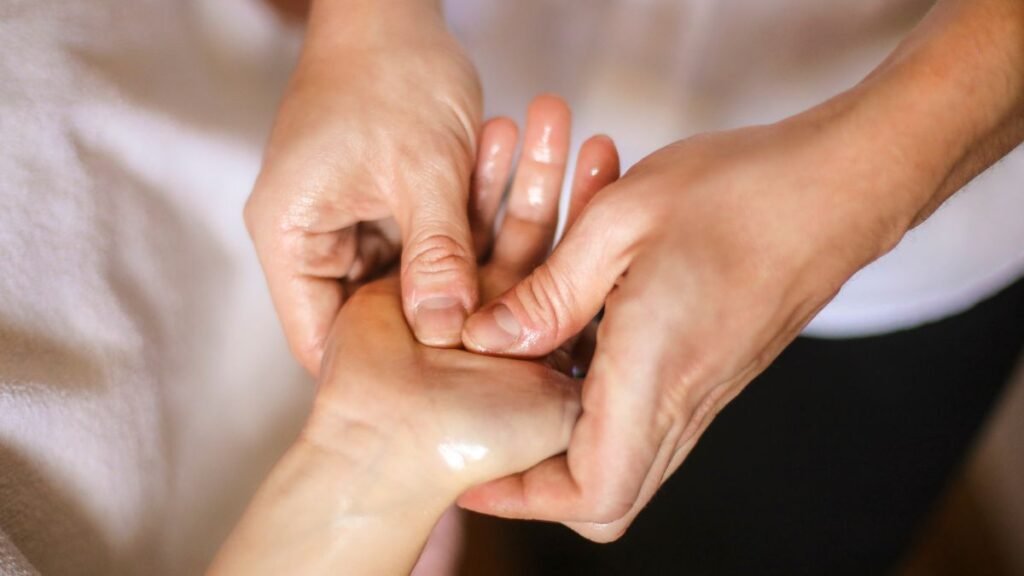
Marma Point Therapy vs. Acupressure: What’s the Difference?
Marma point therapy and acupressure are both traditional healing practices that focus on stimulating key points in the body to balance energy flow and improve health. However, they originate from different systems of medicine and have distinct methodologies and underlying philosophies.
Marma Therapy:
- Origin: Rooted in Ayurvedic medicine (~2nd century BCE) in India.
- Principle: Based on the concept of Nadis (energy channels) through which prana (life force) flows.
- Method: Uses finger pressure, gentle massage, breath control (pranayama), and sometimes herbal oils to activate Marma points.
- Goal: To release energy blockages, balance the doshas (Vata, Pitta, Kapha), and promote physical and emotional well-being.
- Healing Approach: Focuses on internal balance through physical stimulation and energy flow restoration.
Acupressure:
- Origin: Rooted in Traditional Chinese Medicine (TCM) (~500 BCE).
- Principle: Based on the concept of Qi (vital energy) flowing through the body’s meridians (energy channels).
- Method: Uses finger pressure or acupuncture needles to stimulate specific meridian points.
- Goal: To unblock the flow of Qi, regulate organ function, and alleviate pain or discomfort.
- Healing Approach: Focuses on external stimulation and aligning the body’s internal energy flow.
Similarities:
Both practices work on the concept of improving energy flow through the body.
Both aim to relieve physical tension, improve circulation, and enhance overall health.
Both systems view the body holistically, focusing on physical, emotional, and energetic balance.
Key Differences:
| Aspect | Marma Therapy | Acupressure |
| Origin | Ayurveda (India) | Traditional Chinese Medicine (China) |
| Energy Concept | Prana (life force) | Qi (vital energy) |
| Channels | Nadis | Meridians |
| Method | Massage, breathwork, and herbal oils | Needle or finger pressure |
| Focus | Balancing the three doshas (Vata, Pitta, Kapha) | Restoring Qi flow through meridians |
When and How Often Should You Activate Marma Points?
To experience the full benefits of Marma therapy, consistency and correct timing are essential. Unlike acupressure or deep tissue massage, Marma point activation works best when done gently and regularly.
Best Time of Day:
- Morning: Ideal for boosting energy levels, improving circulation, and mental clarity.
- Evening: Helps to calm the nervous system, relieve stress, and prepare the body for rest.
Recommended Duration:
- 5–15 minutes per session is sufficient to activate energy flow and relaxation.
- Longer sessions (20–30 minutes) may be beneficial for deep relaxation and muscle recovery.
Frequency:
- 2–3 times per week for noticeable improvements in energy levels, stress relief, and physical health.
- Daily sessions may be suitable for addressing specific issues like muscle pain, sleep problems, or digestive issues.
Adjusting Pressure and Sensitivity:
- Start with light to moderate pressure — too much stimulation can cause discomfort or energy blockages.
- Sensitive points (like near the heart or throat) should be treated with extra care.
Common Mistakes to Avoid During Marma Point Activation
Proper technique and approach are crucial for effective Marma therapy. Incorrect application or overuse can disrupt energy flow rather than restoring it.
Applying Too Much Pressure
- Marma points are sensitive energy centers — excessive pressure can cause bruising, discomfort, and even energy blockages.
- Use firm but gentle circular motions instead of forceful pressing.
Inconsistent Practice
- The benefits of Marma therapy build over time.
- Skipping sessions or irregular practice reduces the cumulative effects on energy flow and health.
Incorrect Breathing
- Deep and steady breathing is essential to enhance the relaxation response and direct energy flow.
- Avoid shallow or fast breathing — focus on long, controlled inhales and exhales.
Overstimulation of Sensitive Points
- Points near the chest, throat, and abdomen should be treated carefully.
- Overstimulation can cause discomfort, lightheadedness, or fatigue.
Potential Side Effects and Precautions
Marma therapy is generally safe when performed correctly, but certain health conditions and personal sensitivity may require modifications or additional caution.
Mild Side Effects:
- Slight soreness or sensitivity after a session (should resolve within 24 hours).
- Mild lightheadedness or emotional release (indicating energy shift).
Sensitive Points to Treat with Caution:
- Hridaya Marma (heart): Overstimulation may cause dizziness or increased heart rate.
- Sthapani Marma (third eye): Overstimulation may cause headaches or mental fog.
- Nabhi Marma (navel): Excess pressure may cause digestive discomfort.
Not Recommended for:
- Pregnant women – Certain points (e.g., near the abdomen and lower back) may trigger uterine contractions.
- High blood pressure or heart issues – Consult a healthcare provider before performing Marma therapy.
- Severe chronic illness – Marma therapy can complement medical treatments but should not replace them.
- Recent injuries or surgery – Avoid direct stimulation on healing or inflamed tissue.

How to Find a Certified Marma Therapist
While self-massage of Marma points can be beneficial, working with a trained and certified Marma therapist can deepen the healing effects and ensure proper technique. A qualified practitioner will have a thorough understanding of Ayurvedic principles, body anatomy, and energy channels (Nadis).
Why Work with a Certified Ayurvedic Practitioner?
- Precise Knowledge: Trained Marma therapists understand the relationship between different Marma points and the body’s organs, muscles, and energy flow.
- Safety: Certain Marma points, such as those near the heart, throat, and head, require careful handling to prevent overstimulation or discomfort.
- Personalized Approach: A trained therapist can adjust pressure, technique, and oil selection based on your body type (dosha) and health goals.
Questions to Ask Before Booking a Session:
- What type of training have you received in Ayurvedic massage and Marma therapy?
Look for therapists who have completed certification from a recognized Ayurvedic school. - How long have you been practicing Marma therapy?
Experience matters when working with sensitive energy points. - Do you tailor the session based on individual doshas or health conditions?
A good Marma therapist will customize the session based on your Ayurvedic constitution and current health needs. - What types of oils or herbal infusions do you use?
Traditional Marma therapy often involves oils like sesame, coconut, and herb-infused blends — which should align with your dosha. - How will you ensure my comfort and safety during the session?
A certified therapist will create a calming, secure environment and adjust techniques to suit your sensitivity level.
Certification Standards for Ayurvedic Massage Therapists:
- National Ayurvedic Medical Association (NAMA): NAMA sets professional standards for Ayurvedic practitioners in the United States.
- Ayurvedic Institute: Founded by Dr. Vasant Lad, this is one of the most respected Ayurvedic training centers worldwide.
- International Association of Yoga Therapists (IAYT): Some Marma therapists are cross-trained in yoga and energy work, which enhances their skill set.
Conclusion
Marma point activation is a powerful Ayurvedic healing practice that combines ancient wisdom with modern health benefits. By targeting the body’s 107 Marma points, this technique helps restore the natural flow of prana (life force) — promoting better physical, emotional, and spiritual balance.
✅ Marma therapy works by stimulating the body’s energy channels (Nadis) and balancing the three doshas (Vata, Pitta, and Kapha).
✅ Regular Marma activation enhances circulation, relieves muscle tension, and supports mental clarity.
✅ Scientific studies have shown that Marma therapy can support recovery from physical injuries and improve overall well-being.
✅ Unlike other massage techniques, Marma therapy integrates breathwork, energy flow, and targeted stimulation for a holistic healing effect.
Whether you’re looking to reduce stress, improve flexibility, or simply reconnect with your body’s natural rhythm, Marma therapy offers a time-tested solution rooted in Ayurvedic tradition.
